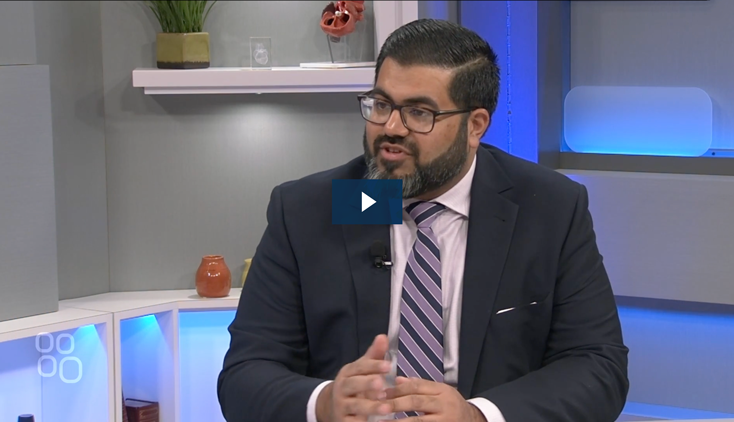AMI Cardiogenic Shock
Successful Mechanical Circulatory Support (MCS) in Cardiogenic Shock Patients - A Glimpse into the Future
by Jacob Møller, Norman Mangner, Federico Pappalardo, Holger Thiele
Key Topics and Take Aways
- Only a few Randomized Controlled Trials (RCTs) have examined the use of pVAD in AMICS and despite some positive effects on hemodynamics, none have shown improvement in outcomes.
- The authors eagerly await results from the ongoing DanGer Shock and RECOVER IV trials and state that observational studies will continue to provide value and important information about AMICS.
- The authors emphasize the need to focus on prospective enrollment of CS patients in registries and to move away from retrospective analyses of administrative databases.
- “The greatest advantage created by the advancement of technology is the opportunity of time to safely wait for patient myocardial recovery and the ability to plan for eventual heart replacement therapies.”
This article examines current evidence for the use of mechanical circulatory support (MCS) in cardiogenic shock and discusses how the scientific community can advance research in this area. The authors set the stage for the discussion by writing, “Scientific progress in the field of cardiogenic shock (CS) faces the challenge of randomising critically ill patients where immediate management is key to survival and obtaining informed consent of unconscious patients.” The article identifies some of the RCTs that have examined the use of percutaneous ventricular assist devices (pVADs) in CS caused by acute myocardial infarction (AMI-CS). These include IABP-SHOCK, IABP-SHOCK II, ISAR-SHOCK, IMPRESS in severe shock, and ECLS-SHOCK. With regard to what has been learned from these trials, they write, “Despite some positive effects on haemodynamics, none showed an improvement in outcomes.”
The authors look to the future, anticipating results from ongoing RCTs such as DanGer Shock and RECOVER IV. They also note that observational studies will continue to provide valuable data. They emphasize the need to focus on prospective enrollment of CS patients in registries and to move away from retrospective analyses of administrative databases. They write, “The ability to identify the patients likely to benefit, experience a neutral effect, or to be harmed by pVAD is essential to design future RCTs.” They also highlight the importance of incorporating contemporary escalation and weaning protocols in future studies. “It is clear that multi-device strategies across the different stages of CS are commonly adopted in the current era and are being further tested in ongoing RCTs, including the UNLOAD ECMO trial.”
“The ability to identify the patients likely to benefit, experience a neutral effect, or to be harmed by pVAD is essential to design future RCTs.”
In exploring what to expect from MCS technology, the authors state, “The greatest advantage created by the advancement of technology is the opportunity of time to safely wait for patient myocardial recovery and the ability to plan for eventual heart replacement therapies.” They look ahead to future technology, writing, “there is a need for smaller and smarter devices with placement that allows safe mobilization, with minimal need for sedation, and reduced risk of bleeding and haemolysis.”
Sign up for Latest Updates
NPS-4075



